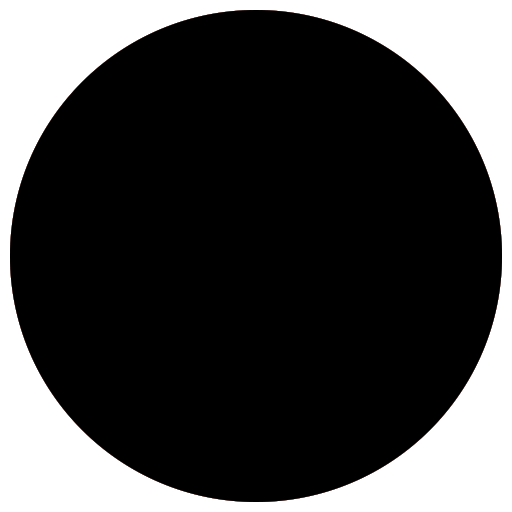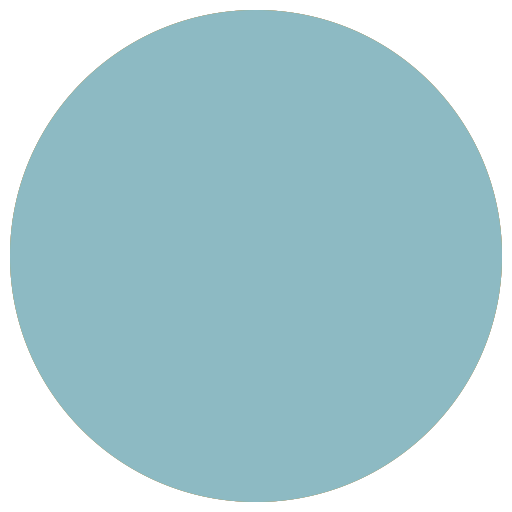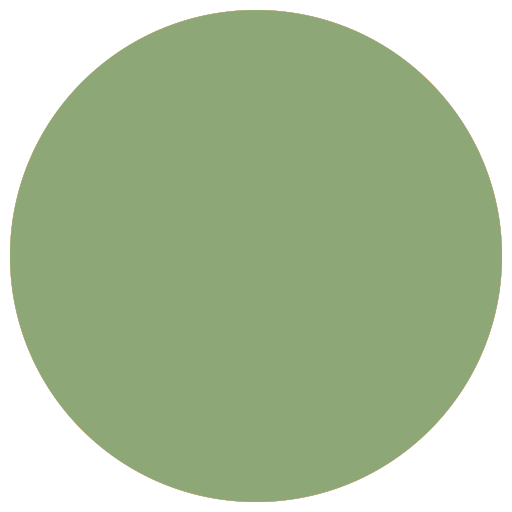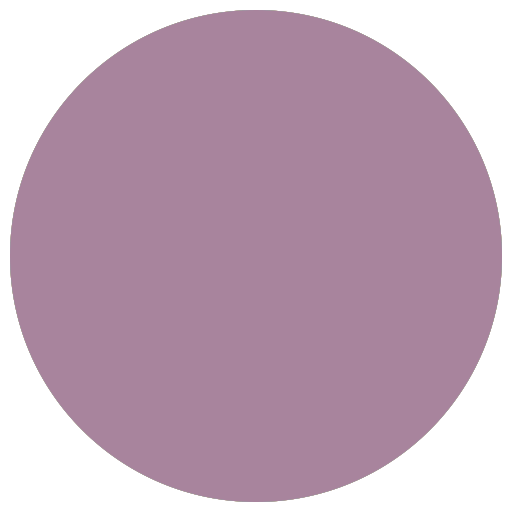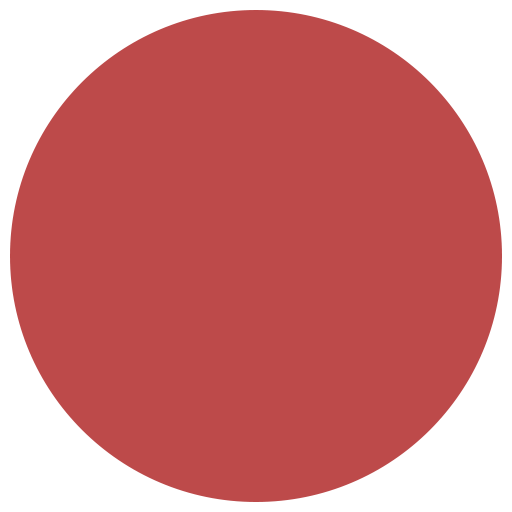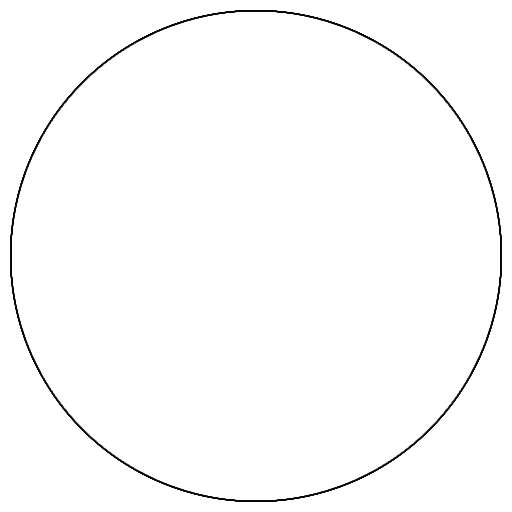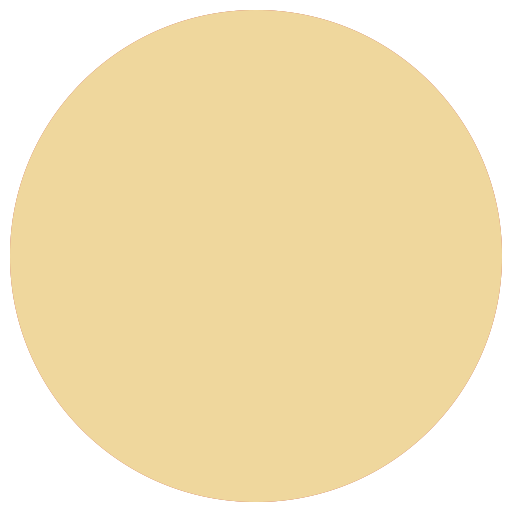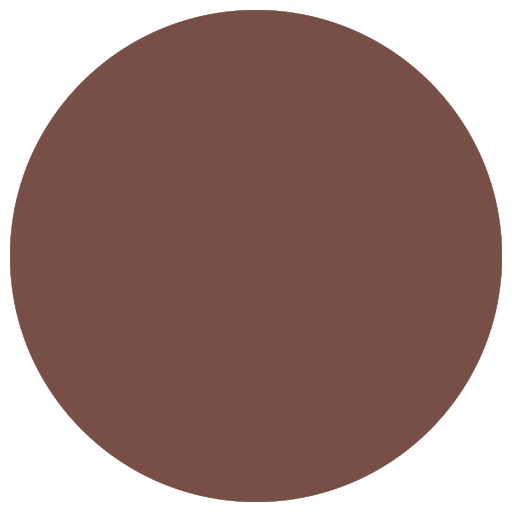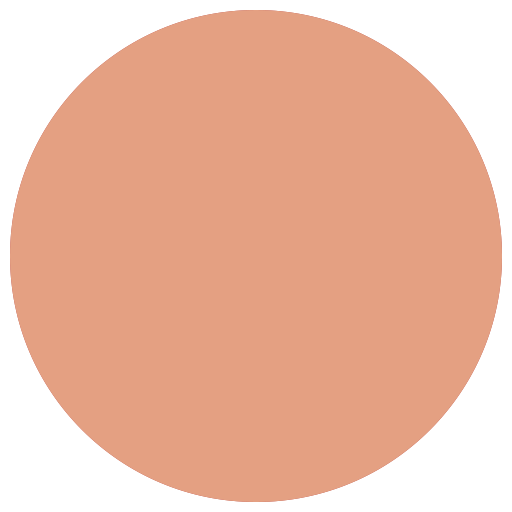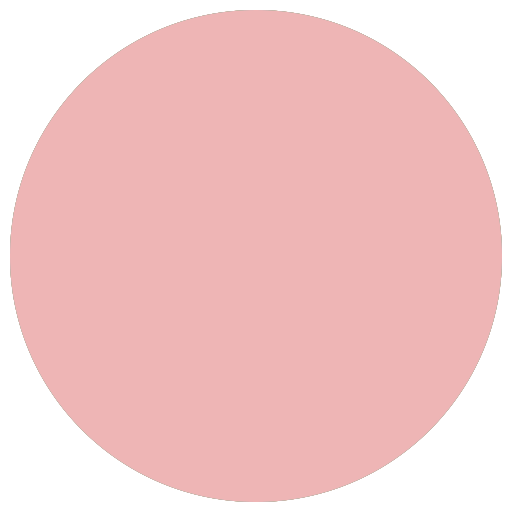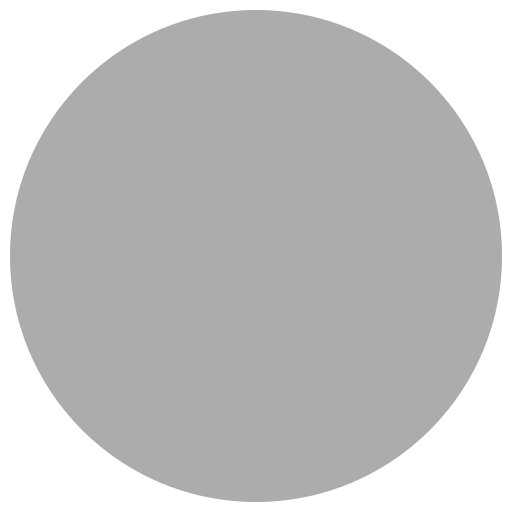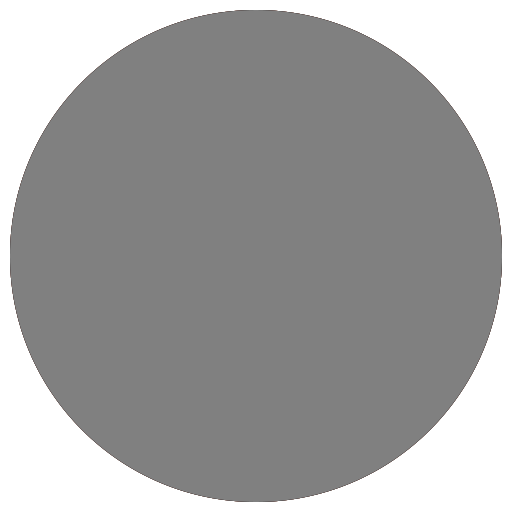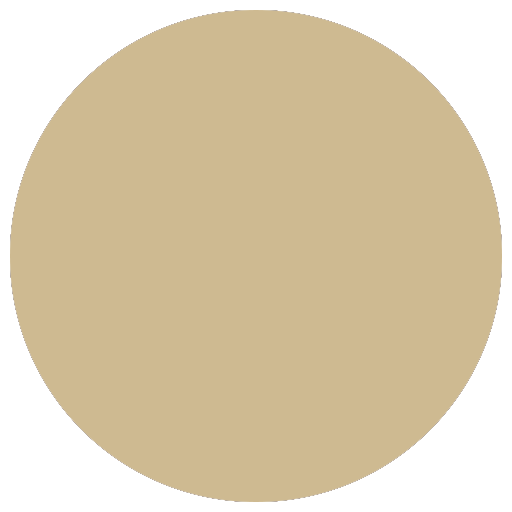濾藍光/抗藍光非矯正鏡片怎麼選?種類、原理與比較表
本篇文章要探討的是市場上濾藍光/抗藍光「非矯正鏡片」的濾藍光功能與差異,協助您在「長時間看螢幕、室內照明、戶外日光」等情境下,選到更符合需求的鏡片設計。
本文聚焦在「沒有度數(平光)」鏡片的濾藍光/抗藍光功能,不涉及矯正鏡片的度數矯正與功效。為方便起見,接下來本文將濾藍光/抗藍光非矯正鏡片簡稱為濾藍光/抗藍光鏡片。
藍光主要來自陽光、日光燈與 3C 螢幕。現代人長時間近距離用眼,很容易出現眼睛乾澀、酸脹、視覺疲勞、對眩光更敏感等狀況,也讓「是否需要濾藍光/抗藍光鏡片」成為常見問題。 值得注意的是,藍光並不是「全部都有害」。一般討論中更常被點名的是波長較短、能量較高的藍紫光(常見以 455nm 以下或更短波段作為參考),其潛在風險通常被認為與光線強度、曝露時間有關。 因此,濾藍光/抗藍光鏡片的價值,往往在於依照使用情境做光線管理:在不大幅影響視覺清晰與色彩的前提下,降低特定波段光線刺激,並改善部分使用者在螢幕與強光環境下的舒適度。為什麼需要濾藍光/抗藍光鏡片?
先搞懂:藍光阻隔率與「濾高能量藍紫光」差別
市場上常見兩種標示方式:一種強調「藍光阻隔率(%)」;另一種強調「特定波段(例如 UV420 或更短波段)的阻隔效果」。兩者看似相近,但其實重點可能不同。
- 藍光阻隔率(%):通常是以特定量測條件下,計算某段藍光範圍被降低的比例;不同品牌的定義與量測區間可能不完全相同。
- 濾高能量藍紫光(常見以 455nm 以下/更短波段做訴求):聚焦在波長更短、能量更高的區段,強調對特定波段的防護表現。
- 透明度與反光:有些設計會帶來較明顯的內面反光或色偏;也有設計主打更清澈透明、配戴更自然。
選擇時建議同時看「阻隔波段/阻隔率」與「外觀與舒適度」:畢竟鏡片是每天要戴的產品,舒適與視覺品質同樣重要。
市場上常見濾藍光/抗藍光鏡片種類
1. 第一代:染色型(常見黃棕底色)
染色型濾藍光鏡片通常會帶有較明顯的黃棕色底色,阻隔比例可依設計而不同,但一般會在兼顧視覺自然度的前提下,較少做到過高的阻隔比例。
- 優點:阻隔感受較「直觀」,部分使用者覺得看螢幕更柔和。
- 可能限制:較容易影響色彩與外觀(底色較明顯),不一定適合重視自然透明或商務外觀的人。
2. 第二代:鍍膜型(主流通常無底色)
鍍膜型是市面上常見的主流選擇,多數產品在外觀上更接近透明鏡片,不一定會有明顯底色。常見的藍光阻隔率約落在 10%–20%(實際仍依品牌量測定義而異)。
- 優點:外觀自然、日常好搭配,價格帶多落在中低到中階。
- 可能限制:部分鍍膜設計可能帶來內面反光或在特定角度出現反射色。
3. 第三代:濾高能量藍紫光(常見 UV420/短波段訴求)
此類設計聚焦在波長更短、能量更高的藍紫光區段,常見訴求是針對 455nm 以下或更短波段做更有效的阻隔,並同時兼顧透明度與舒適性。
部分產品的檢測資料顯示,對 410nm 波長光線的阻隔率可達較高比例(例如約 89%,仍應以各品牌/機構的實際檢測報告為準),並主打比一般濾藍光鏡片更有效的特定波段防護,同時降低內面反光的困擾,讓視覺更清澈舒適。
- 優點:更強調「短波段」管理,部分設計更兼顧透明度與舒適。
- 可能限制:不同產品差異大,建議看清楚阻隔波段與實測資料,再搭配實際試戴感受。
4. 國際大廠濾藍光鏡片
國際品牌鏡片大廠幾乎都有濾藍光/抗藍光相關產品線。若您重視品牌的完整鍍膜系統、品質一致性或搭配其他功能(例如變色、耐刮、易清潔等),可以把「品牌系統整合」也納入選擇考量。
藍光阻隔率越高越好嗎?
以「藍光阻隔率 20%」來說,代表在特定量測條件下,有一部分藍光被降低,但並不表示其他波段或所有情境都一樣。阻隔率也不是越高越好,因為阻隔越強,越可能帶來色偏、視覺變暗或外觀改變等取捨。
此外,即使是一般多層膜鏡片,也可能本來就有少量藍光降低的效果。若您是長時間使用電腦、手機的重度使用者,通常不建議選擇阻隔率過低、且在螢幕環境下感受不明顯的設計;多數人在「透明自然」與「舒適感」之間,會更偏好約 15%–25% 左右的濾藍光,或是聚焦短波段的濾高能量藍紫光設計。
若您希望同一副眼鏡在室內與戶外都能更方便使用,也可以評估「變色+濾藍光」的組合鏡片,達到日常配戴的雙情境切換需求。
三類鏡片快速比較表
| 濾藍光鏡片種類 | 第二代鍍膜型濾藍光 | 第三代濾高能量藍紫光 | 全視線加濾藍光 |
|---|---|---|---|
| 價格 | 中低 | 中低 | 高 |
| 鏡片底色 | 無 | 無 | 無 |
| 防護特性 |
藍光阻隔率常見約 10%–20% UV400(防護波長 400nm 以下的有害光線) |
聚焦 455nm 以下(或更短波段)的藍紫光管理 部分產品在短波段阻隔有較高表現(以檢測報告為準) |
藍光阻隔率常見約 10%–20% UV400(防護波長 400nm 以下的有害光線) 兼具變色:室內戶外可自動切換 |
| 適合(以使用比重建議) |
室內使用比重較多 可接受部分鍍膜反光 |
全天候室內+戶外使用 對防護與舒適要求較高者 |
全天候室內+戶外使用 希望眼鏡與墨鏡自動切換者 |
結論
濾藍光/抗藍光非矯正鏡片的選擇重點,不是追求數字越高越好,而是回到您的用眼情境:室內看螢幕為主可優先考慮鍍膜型;若希望更聚焦短波段管理、並兼顧透明與舒適,可評估濾高能量藍紫光設計;需要室內戶外一副搞定,則可考慮變色+濾藍光的組合。建議在選購前與專業人員討論需求,並以實際試戴感受作最後決定。
推薦閱讀...
挑選鏡框 - 臉型配眼鏡懶人包 TOKAI東海 Lutina葉黃素鏡片的價格表
全視線(非矯正鏡片)的常見六大問題 為何濾藍紫光(高能量可見光)重要?
配眼鏡,選配蔡司鏡片(非矯正)的五個步驟 Hoya 新精采變色鏡片(非矯正),媲美全視線鏡片(非矯正)的選擇



















